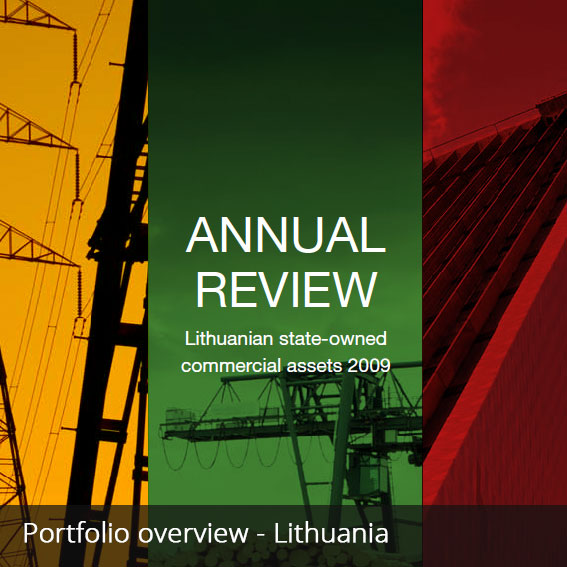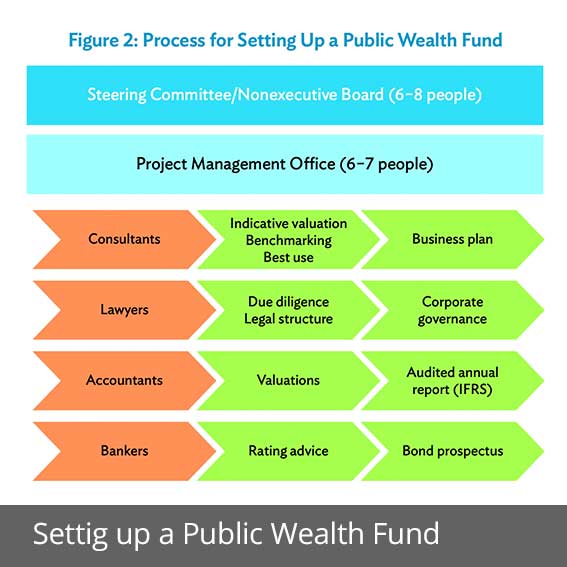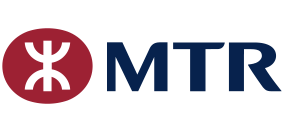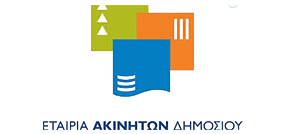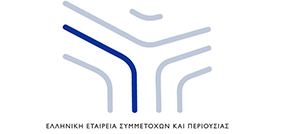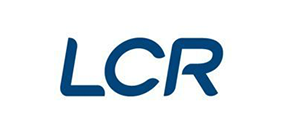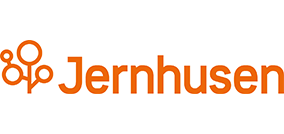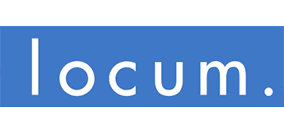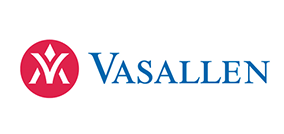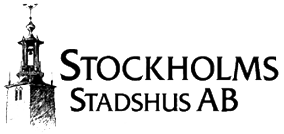We help from A to Z.
From Asset Map to setting up the Public Wealth Fund and developing the portfolio
Better Data
In order to manage assets, we need proper data.
“What is not measured does not count”. This means we have to first of all find all the publicly owned real and operational assets and in order to understand their potential market value, since the accounting systems of most governments do not produce current and reliable information on assets and their value.
Ultimately, the aim is to achieve at least the same quality of information as if the portfolio was a listed company, using international accounting standards according to International Financial Reporting Standards (IFRS), as done by Solidium, the Finnish National Wealth Fund.
– Better data makes better decisions.
The Asset Map
The Asset Map is a shortcut to better management of assets, an indicative valuation based on statistical measures – not accounting standards. Proper accounting for the public sector is vital but will take time. Balance sheet management over the long-term requires accrual accounting, but there are ways to accelerate the benefits.
By transferring commercial assets to Public Wealth Funds, the benefits of efficient management can be generated much more quickly. These benefits can be demonstrated – conclusively, quickly, and cheaply – with the help of an Asset Map.
The largest segment of a typical portfolio of public commercial assets is real estate. Government-owned real estate assets account for a significant portion of each country’s land. But governments usually know about only a fraction of these properties, as they do not have a comprehensive list of their assets nor a sense of the value and potential yield.
The Asset Map can be used as a feasibility study to gain a first understanding of the potential value and revenues generated from better management of public assets. For the real estate segment, the City of Boston can serve as an example of how this works. The Boston example is described in the IMF Finance & Development-Magazine and in the attached Boston-presentation, as well as in the underlying data sheets in this link.
The Asset Map should have a sense of urgency and be carried out swiftly, else it risks being delayed or overburdened by additional demands and stakeholder resistance.
Importantly, this is not a detailed valuation of every individual asset, for accounting purposes. That comes in the second stage, when consolidated inside a holding company. Instead, the study aims to establish what assets are in the overall portfolio, what they are worth, and how they might be organised to manage them more professionally. All of this is done with the purpose of giving decision makers a reasonable pilot to test the concept in real life.
For a more in depth understanding of Asset Maps and why they are such an important tool, the video recording from the IMF Seminar: Exploring the Unknown – How Asset Maps can Transform Public Financial Management, could be rather helpful.
Portfolio overview
Publishing a Portfolio Overview of both the real estate and the operational assets, outlining the value and yield of the total portfolio, could help create awareness and generate public support for professionalizing the management of the portfolio. Since this simple document is not formally audited, it can be finalized in a few months on the back of the Asset Map, as was done in Lithuania, Ukraine and Greece.
Developing Public Assets
Governments around the world face pressure on their finances as well as a need to diversify their economies. By reassessing the potential of the commercial assets on their balance sheet, not the least real estate, they have the opportunity to bring about transformative change. Government in Asia and Europe has experimented with Public Wealth funds for more than a century. Sweden transformed its economy by actively managing its public assets, on the back of the crisis in the 1990’s. Proper use of public commercial assets has been a core component of Singapore’s strategy to move the economy from developing to developed status in a single generation.
Independent Institution
The Public Wealth Fund
Consolidating the commercial portfolio within a proper governance structure will help minimize fiscal risk and fully delegate financial responsibility and accountability to an independent institution
An independent holding company at arms-length from short-term political interference, will allow government to focus on the wider economic issues by fully delegating the management of the commercial portfolio to a professional management such as ÖBAG, the Austrian National Wealth Fund or MTR, the Urban Wealth Fund.
The initial setting up of a public wealth fund is most often a 6-month process, including the development of a business plan, recommendations for the structure and assets to be included, a fund strategy, an operating model, and governance
Other international Examples
Professional management of public Wealth - International examples
- Temasek – Singapore National Wealth Fund
-
MTR – Hong Kong railway operator and real estate developer
- Solidium -Finland National Wealth Fund
- Senate– Finnish government real estate holding company
- Central Huijin Investment – Chinese state-owned bank holding company
- SCIC – Vietnamese National Wealth Fund
- ÖBAG – Austrian National Wealth Fund
- BIG – Austrian government real estate holding company
- HCAP – Hellenic National Wealth Fund
- ETAD – Hellenic government real estate holding company
- The Crown Estate – UK government real estate holding company
- Hafen City Hamburg – City of Hamburg Urban Wealth Fund
- By & Havn – City of Copenhagen Urban Wealth Fund
- Vasakronan – Swedish government real estate development company
-
Jernhusen – Swedish Railway real estate development company
- Vasallen – Real estate development company for the Swedish Ministry of Defence
- Locum – Real estate developer for Stockholm County hospitals
- Akademiska Hus – Real estate holding company for Swedish Ministry of Education
- Stockholm Stadshus AB – Stockholm Urban Wealth Fund
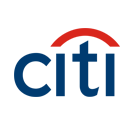
“The monetization of these under-exploited real commercial public assets will likely require considerable innovation in capital markets and investment banking“
Willem Buiter, Chief Economist Citi Group




